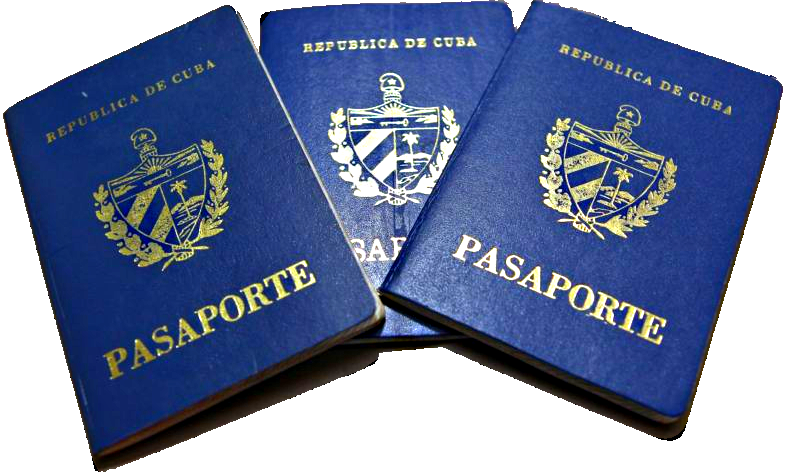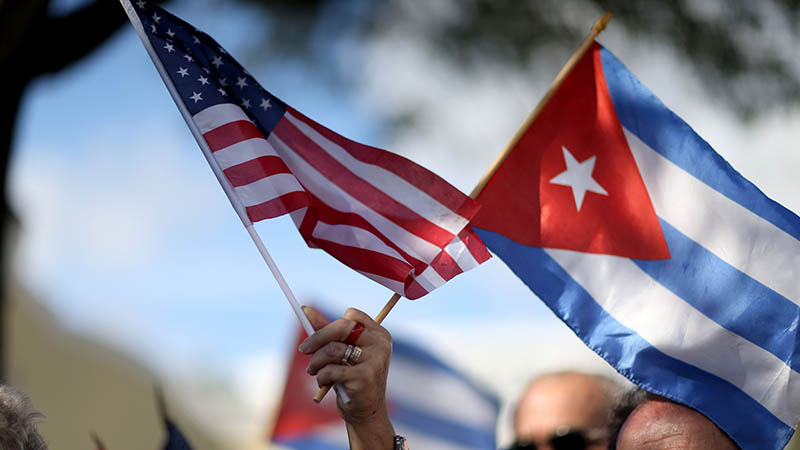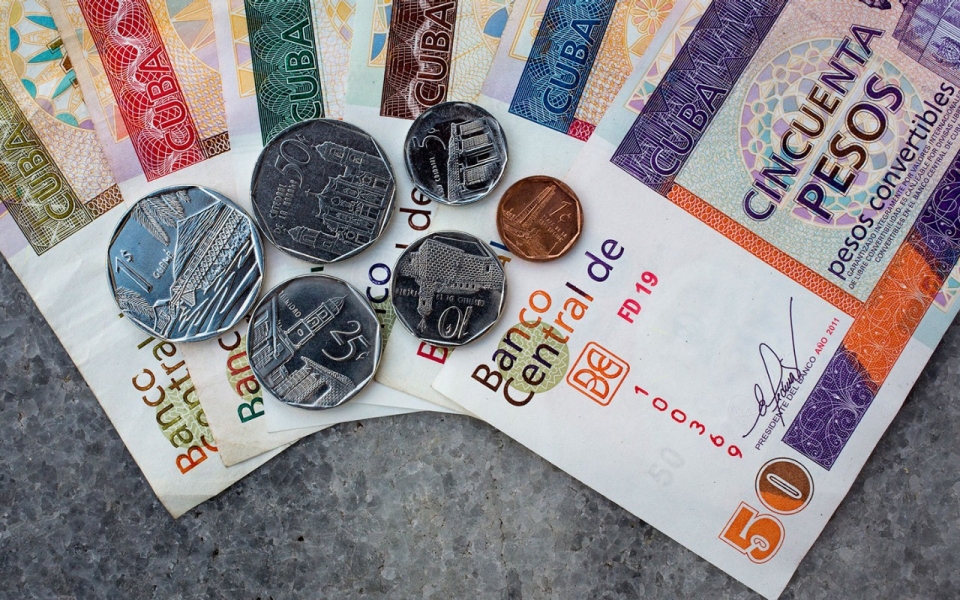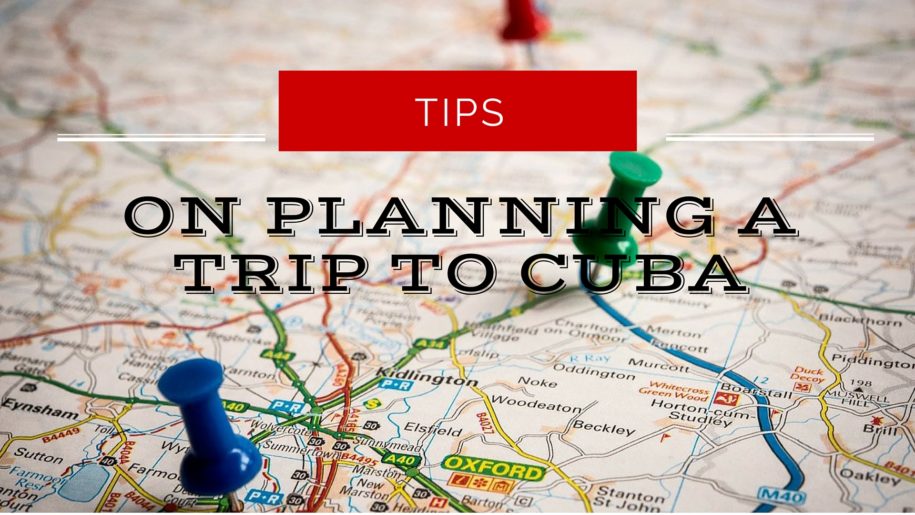It’s nice when neighbours are able to be friendly to each other. This was not the case with the US and Cuba until quite recently. OK, so it might be a bit much to call them friends, but they are at least friendly. Maybe you’re planning a trip to Cuba. Even Obama has been there!
The island nation is a unique place, and first-time visitors might find some of these unique features to even be a little bit strange… although that’s all part of the fun!
So when you’re making your plans for your Cuban getaway, what are some of the things you need to know?
Getting the Visa

One of the most important steps in planning a trip to Cuba is making sure you get the necessary visa as soon as possible. The logistics involved depend on where you’re traveling from, as well as your nationality (as determined by your passport).
Ask your travel provider what you’ll need to do. Sometimes the cost is worked into the overall price that you’ve paid, and they might have already taken the necessary information to have the visa issued. You can also sometimes receive the visa (also known as a tourist card) at the airport immediately before you get on the plane (although not when flying from the US). Find this out as soon as you’ve made your booking to travel to Cuba.
You would hate to be denied boarding just because you overlooked this vital detail.
Approved Reasons to Visit (for US Visitors Only)

While things are set to change, US visitors cannot simply go to Cuba to randomly explore (although this is what can often happen to a certain extent). The official purpose of the trip needs to be one of the approved reasons as determined by the US government.
The official list (as stated by the White House’s press release) are: (1) family visits; (2) official business of the U.S. government, foreign governments, and certain intergovernmental organizations; (3) journalistic activity; (4) professional research and professional meetings; (5) educational activities; (6) religious activities; (7) public performances, clinics, workshops, athletic and other competitions, and exhibitions; (8) support for the Cuban people; (9) humanitarian projects; (10) activities of private foundations or research or educational institutes; (11) exportation, importation, or transmission of information or information materials; and (12) certain export transactions that may be considered for authorization under existing regulations and guidelines.
These conditions (particularly items 6,7, and 8) are met when you book a group tour that includes these activities (as they almost certainly will). The group tour does not account for each and every moment you’ll be in Cuba (so you will still have time to be able to randomly explore at your leisure), but it has enough approved activities to meet the US government’s requirements.
Planning Ahead when Planning a Trip to Cuba

The tourism scene in Cuba is rapidly growing. Now that it’s easier for US nationals to visit, the number of people who will visit the island is set to skyrocket. If you’ve been to Cuba before, you might be used to booking your first few nights of accommodation, and then being a little more spontaneous.
This might be how you travel the rest of the time, no matter where you happen to be going. This is no longer a wise course of action in Cuba. Cuba is by far the fastest growing market for Airbnb, with many Cubans now renting out sections of their homes to visitors, which is a bed and breakfast style of place known as a Casa Particular.
There will be increased competition for accommodation, and so you cannot be certain that you will be able to find a bed in your prefered location on the necessary dates unless you book ahead.
Thinking ahead in terms of where you’re going to stay is a vital part of planning a trip to Cuba. This is also the case when it comes to getting around the island.
Book your transfers as soon as possible. Domestic flights should be booked before you leave (which is probably what you’ll want to do anyway). Bus and train connections might need to be booked after arrival, but you should do this at least a few days before you plan to travel from one town to another. A group tour will often sort out your accommodation and transfers as part of the package, so this is one less thing to worry about.
Cash is King

You will still be able to access your funds while in the country, but having enough money is an important part of planning your trip to Cuba. Cards issued by US banks and financial institutions are generally not accepted. Contact your bank to find out whether or not your card will be accepted, and you might need to arrange a prepaid debit card if necessary.
ATMs are not so widespread in Cuba, so it’s important to find out the location of the nearest one to where you’re staying.
You will need to withdraw enough cash to get you through the day (or for the next few days as the case might be), since credit and debit cards are not generally accepted for day-to-day purchases of goods and services. Cash is still king in Cuba.
You’ll Be Offline
The internet is certainly available when you’re in Cuba, but it’s not accessible everywhere and the speed isn’t so great. Be prepared to take a break from social media, and you might just want to spend a couple of hours at some point on your trip to check your emails and messages (or just wait until you get home).
Remember that internet on your smartphone will not work either, although there are a limited number of wifi spots on offer in the larger towns and cities. It can be a good idea to turn off data on your phone so that it doesn’t attempt to automatically update itself. Even if there is network coverage that allows this to happen, the roaming costs can be rather high, and you don’t want to come home to a hefty phone bill.
